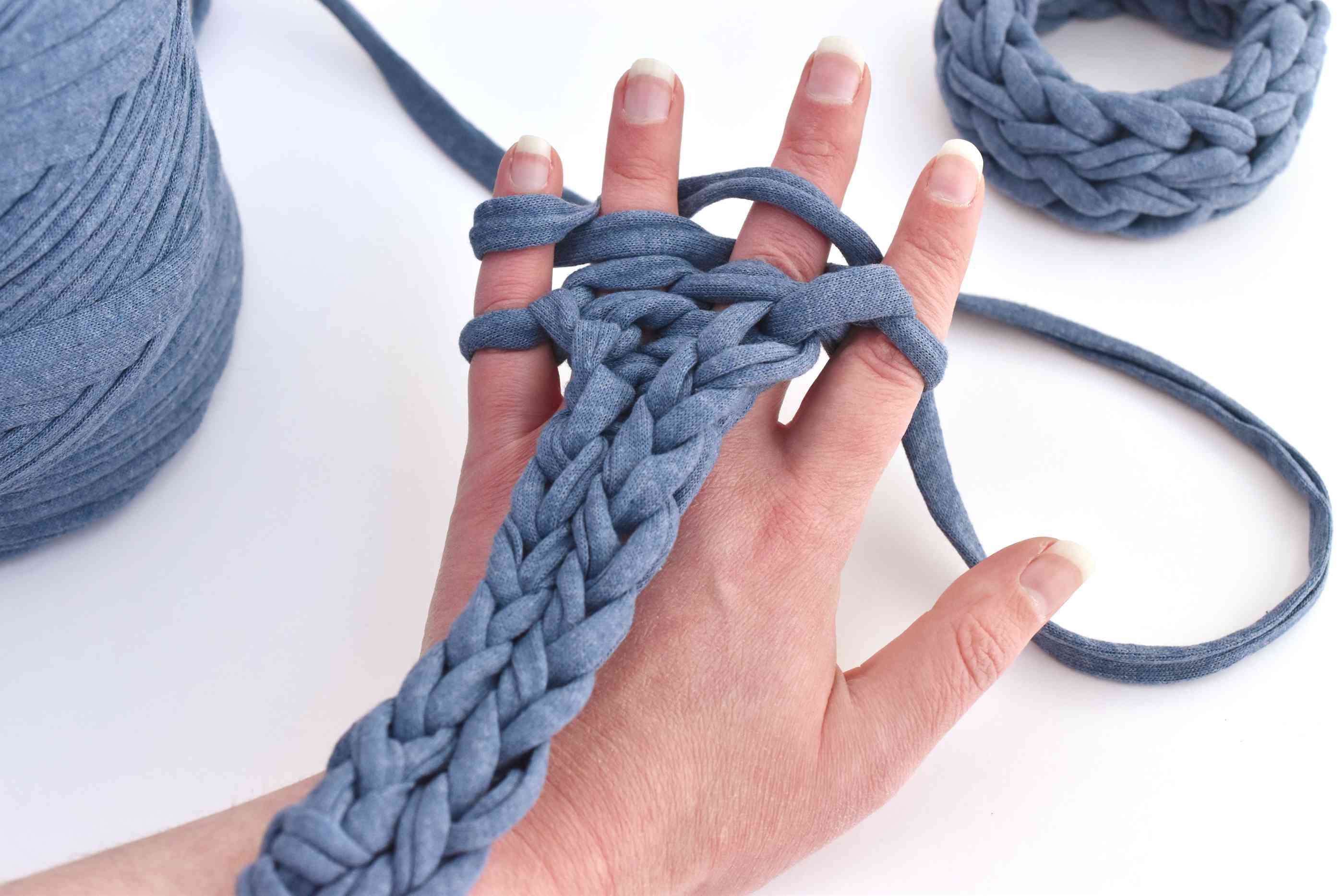
There are many different types of paper art available for different purposes. We will be discussing how to use different media to create art on paper. In addition to the paper, you'll learn about drawing chalks, Liquid acrylic, and Graphite. We will also talk about the differences among different media types and how each is best used. These materials have many benefits.
Watercolor pencils
Watercolor pencils can be used to create paper art. Watercolor pencils spread easily when activated with water, just like regular colored pencils. This makes them an ideal tool for blending adjacent hues into lighter areas. The marks they leave on paper can enhance or diminish the piece. Here are some tips on how to use watercolor pencils for creating paper art. Start by choosing one of these recommended sets.
Liquid acrylic
Acrylic papers can be made into art in a number of ways. The type of acrylic you use will affect the choice. This article will discuss the most popular options as well as how they can be used. You can paint on canvas, paper or board with an acrylic technique. A canvas pad is basically a primed canvas material filled with acrylic paint. Canvas pads offer many of the same advantages as acrylic papers and can be used to paint canvas or board.

Drawing chalks
Paper art can be created in many ways. Paper, unlike other art media, is not acid-free. It can yellow over time. Pastels work well on papers that are laid with parallel lines. These types of papers are popular for portrait sketches and figure drawings. Two excellent options are Canson Ingres pastel paper and Hahnemuhle Ingres. Other laid papers include Strathmore 500 Series Charcoal Paper.
Graphite
Graphite can be described as a type or form of drawing that is traditionally done using paper. There are many options for drawing paper, and not all are the same. Drawing papers come in many different types, with different purposes, tooth, material and archival qualities. It can be difficult to choose the right one for you. Graphite drawing requires a paper with a fine texture. This paper is not commonly found in drawing papers.
Charcoal
You should choose charcoal paper if pastels are your thing. This 100% cotton card stock has a deckled, laid surface, making it the perfect foundation to pastels. The charcoal's deep black tone makes it ideal for pastels as well other bright white colors. You can use charcoal to create a wide variety of effects, including sharp lines and texture. The staple of the artist community is charcoal paper.
Pastels that are dry
Oil pastels have chalky consistency and can both be used dry and wet. There are many types of oil pastels available in pencil and stick form. Most hard and soft chalk pastels are water-soluble, such as Caran d'Ache Neo II and Talens Art Creation Oil Pastels. Both types of oil pastels can be blended with a cloth or diluted with mineral spirits. They are more expensive that chalk pastels but are better for work with more intense colors.

Origami
Origami can be described as an ancient Japanese craft. There are many styles available for different purposes. Origami can be divided into three basic levels depending on how simple or complex a model is. Simple models use basic folds such as the valley, peak, and squash folds. Intermediate models will require more advanced techniques like the reverse folding and pleats. The highest level involves complex foldings and can take years to perfect.
Printmaking paper
High quality papers are the best for printing. Blick's extensive range of papermaking papers are suitable for both block and relief printing. Each sheet can be used for any number of printing processes and is acid-free. You can also purchase acetate films or stencil papers to create your own prints. Blick's fine arts printing papers can be used by any artist, novice or professional.
FAQ
What is a hobby that kids can do?
Any activity that kids enjoy as a hobby is something they do outside of the normal routine. They might like to draw pictures, build things, paint, write stories, play with toys, read books, watch TV, listen to music, play computer games, ride bikes, skateboard, swim, climb trees, run around outside, play football, basketball, volleyball, rugby, cricket, baseball, soccer, hockey, dodgeball, rounders, tag, hide and seek, hopscotch, marbles, jump rope, hopscotch and many others.
Parents worry that their children might get in trouble if they are allowed to do what they like. This is not necessarily true. Your child won't get in trouble if they are safe and don't do any harm to anyone.
It's important for people to understand that just because they like something doesn't necessarily mean they'll choose it all the time. If they don't like writing but love drawing, they might choose to draw images instead.
There are many hobbies to choose from, so it's up you to find the one that interests you most.
Why do we need hobbies
Hobbies play an integral part in our lives. It allows us to unwind and recharge, think creatively, exercise, socialize, have fun, and allow us to enjoy life. We also have the chance to learn new skills and pursue lifelong passions.
Hobbies allow us to find meaning in our lives.
These can often be a great way to get some extra time while you have nothing else.
They are fun!
If you don't have time for a hobby, then you probably don't have time for anything else either.
Consider all of the possibilities available to your. Perhaps you should get a hobby started today if you don’t already have one.
What can I do to make money from my hobby or business?
You can have many hobbies that lead to extra income.
You might consider selling items that are related to your hobby if you are passionate about it.
A website might be a good idea if your hobby is collecting stamps.
This allows you to make additional income, without having the hassle of actually purchasing and selling stamps.
Another option is to start a YouTube channel in which you discuss your hobby.
This allows for you to share your passions with others and can potentially generate additional income by providing premium content.
How can I get started in my new hobby?
First, decide what type or activity you want to pursue.
Passion is key once you have chosen your topic.
It is important to know the reason you want to begin a hobby. It will provide you with direction and purpose.
Once you have determined what hobby you wish to pursue, you can plan your next steps.
Consider the equipment that you will need.
You might need to consider whether you should attend classes or seminars.
Make sure you have enough space for your hobby.
A club or group might be something you consider. These groups usually offer support and advice.
Consider how much money you would have to spend on your hobby.
Statistics
- A new survey by Pew Research Center of teens ages 13 to 17 finds that 36% of girls feel tense or nervous about their day every day; 23% of boys say the same. (pewresearch.org)
- The intensity of the dialogue partners' bond at the end of the forty-five-minute vulnerability interaction was rated as closer than the closest relationship in the lives of 30 percent of similar students. (time.com)
- The Role of the Mind in Sex, Dating, and Love: Men in the “humor” condition received phone numbers from 42.9% of the female participants and were refused 57.1% of the time. (time.com)
- I am 100% biologically a woman (discover.hubpages.com)
- This 100% accurate personality-analyzing hobby quiz discovers your passion based on your characteristics. (quizexpo.com)
External Links
How To
How to Begin Baking
Baking refers to the preparation of food from flour, eggs and sugar. Baking relies on flour, fats/sugars, leavening ingredients, salt and water. In this article, we will discuss how to make bread. Common ingredients such as wheat flour, yeast and milk powder, eggs whites, butter, oil, salt, honey, and olive oil will all be used.
These ingredients are necessary for baking bread. First, you must add the dry ingredients (flour, yeast, salt) into your mixing bowl. Then, add in the wet ingredients: milk powder, egg yolk. Mix all ingredients together. Add the honey and mix the dough. Knead the dough for about 30 seconds. Let the dough rise for 30 minutes. After rising the dough should be firm and elastic. You can roll the dough and place it onto a baking sheet. Bake at 180°C for fifteen minutes.